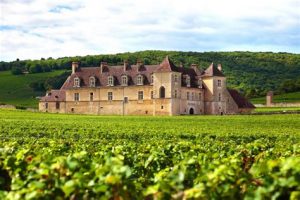 Burgundy is a wine as well as a place. In fact, it is many wines and many distinct locales, all of which were once part of the ancient duchy of Burgundy. Situated several hundred kilometers southwest of Paris, Burgundy is hallowed ground to serious lovers of the vine. From its golden hillsides, whose center slopes are so aptly named the Côte d’Or, flow France’s most expensive and profound wines. Names such as Romanée Conti, Chambertin, Clos de Vougeot, and Le Montrachet, among others, have been delighting serious wine aficionados for centuries. Yet, there is much more to Burgundy and its wines than a few illustrious names. For starters, Burgundy is the ancestral of home of two of the world’s most revered grape varieties – Pinot Noir and Chardonnay
Burgundy is a wine as well as a place. In fact, it is many wines and many distinct locales, all of which were once part of the ancient duchy of Burgundy. Situated several hundred kilometers southwest of Paris, Burgundy is hallowed ground to serious lovers of the vine. From its golden hillsides, whose center slopes are so aptly named the Côte d’Or, flow France’s most expensive and profound wines. Names such as Romanée Conti, Chambertin, Clos de Vougeot, and Le Montrachet, among others, have been delighting serious wine aficionados for centuries. Yet, there is much more to Burgundy and its wines than a few illustrious names. For starters, Burgundy is the ancestral of home of two of the world’s most revered grape varieties – Pinot Noir and Chardonnay
Clearly, Burgundy is much more than a single wine or one great vineyard: it is a special place, a land almost entirely devoted to wine in one fashion or another. However, what remains surprising to many wine drinkers is that Burgundy is both red and white wine, the best of which come exclusively from Pinot Noir and Chardonnay, respectively. With a growing number of exceptions, the finest Burgundies emanate from the region’s hallowed core, the Côte d’Or, which begins on the fabled Côte de Nuits, just to the south of Dijon, and flows all the way south to Santenay at the tip of the Côte de Beaune. The Premier and Grand Cru wines from these illustrious hillsides are worth their weight in gold, but increasingly the wines from the gentle slopes outside the privileged climats are creating the most attention and providing great drinking pleasure, including those on the Côte Chalonnaise and in the Mâconnais south of the Côte d’Or – all Burgundy and increasingly worth their weight in gold. Salut!

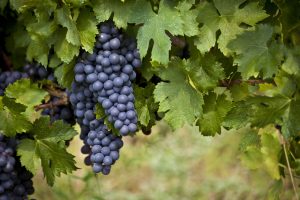
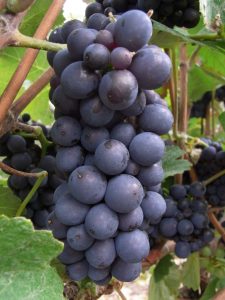
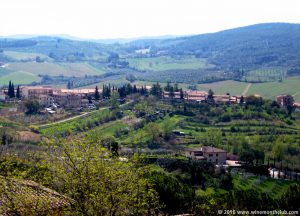
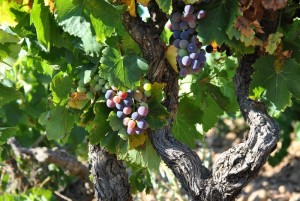
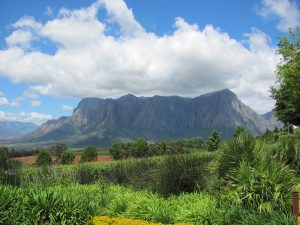
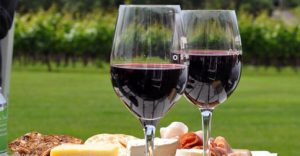 Bordeaux, meaning beside the waters, is the world’s largest fine wine producing region, encompassing nearly 300,000 acres, 60 individual appellations, and more than 7,300 châteaux. Appellations such as Margaux, Pauillac, St. Émilion, and Pomerol are legendary, as are scores of collectible, age worthy wines that flow from the tiny, lesser known appellation of Lalande-de-Pomerol, which has somehow remained Bordeaux’s best kept secret despite a spate of exceptional vintages and a bevy of châteaux with meticulously tended vines.
Bordeaux, meaning beside the waters, is the world’s largest fine wine producing region, encompassing nearly 300,000 acres, 60 individual appellations, and more than 7,300 châteaux. Appellations such as Margaux, Pauillac, St. Émilion, and Pomerol are legendary, as are scores of collectible, age worthy wines that flow from the tiny, lesser known appellation of Lalande-de-Pomerol, which has somehow remained Bordeaux’s best kept secret despite a spate of exceptional vintages and a bevy of châteaux with meticulously tended vines.